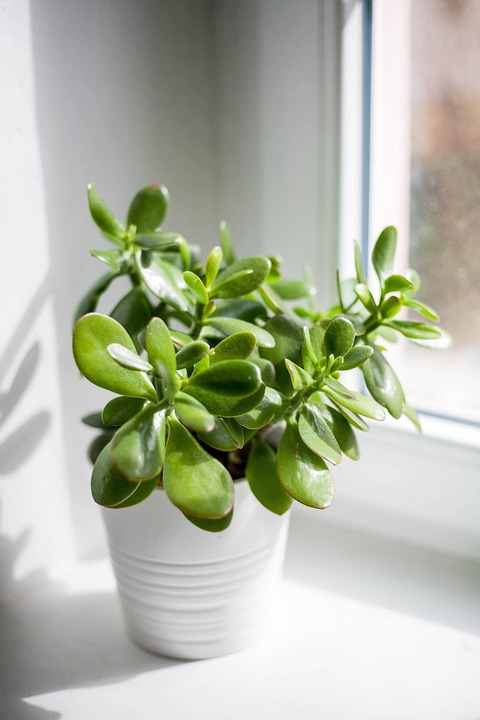Shining Bright: The Ultimate Guide to Indoor Plant Lighting
Indoor plants are a great way to bring nature into your home and create a peaceful and inviting atmosphere. However, one of the most important factors in keeping your indoor plants healthy and thriving is providing them with the right amount of light. In this comprehensive guide, we will explore everything you need to know about indoor plant lighting to help your plants shine bright.
Understanding the Basics of Indoor Plant Lighting
Plants require light to photosynthesize and grow. When it comes to indoor plants, natural light is often limited, especially in rooms with small windows or when plants are placed far from windows. This is where artificial lighting comes in to supplement or replace natural light.
There are three main types of artificial lighting for indoor plants: fluorescent, LED, and incandescent. Each type of light has its own pros and cons, and the best choice will depend on the specific needs of your plants.
Fluorescent Lighting
Fluorescent lights are a popular choice for indoor plant lighting because they are energy-efficient and provide a good spectrum of light for plant growth. There are two main types of fluorescent lights: T5 and T8. T5 lights are more efficient and produce more light per watt than T8 lights, making them a better choice for plants that require high light levels.
LED Lighting
LED lights are another energy-efficient option for indoor plant lighting. They are long-lasting and produce very little heat, making them a safe choice for plants. LED lights come in a variety of spectrums, including full-spectrum lights that mimic natural sunlight. This makes them a versatile choice for a wide range of plants.
Incandescent Lighting
Incandescent lights are the least efficient option for indoor plant lighting. They produce a lot of heat and can be expensive to run. However, they are suitable for plants that require low light levels, such as pothos or snake plants.
Determining the Light Needs of Your Plants
Not all plants have the same light requirements. Some plants, such as succulents and cacti, require bright, direct sunlight, while others, like ferns and peace lilies, thrive in low light conditions. Before choosing a lighting setup for your indoor plants, it’s essential to understand the specific light requirements of each plant.
Plants can be categorized into three main groups based on their light needs:
High Light Plants
Plants that require bright, direct sunlight for at least 6-8 hours a day fall into this category. Examples include succulents, cacti, and citrus plants. These plants will benefit from a strong light source, such as a south-facing window or high-output LED lights.
Medium Light Plants
Plants that can thrive in bright, indirect light or moderate light levels fall into this category. Examples include peace lilies, spider plants, and philodendrons. These plants will do well with fluorescent or LED lights placed a few feet away from the plant.
Low Light Plants
Plants that can survive in low light conditions, such as north-facing windows or rooms with minimal natural light, fall into this category. Examples include snake plants, pothos, and ZZ plants. These plants can thrive under fluorescent or incandescent lights placed further away from the plant.
Optimizing Your Indoor Plant Lighting Setup
Once you have determined the light needs of your plants, it’s time to optimize your indoor plant lighting setup. Here are some tips to help you create the perfect environment for your plants:
Positioning Your Lights
Plants should be positioned close to the light source but not too close to avoid burning the leaves. For fluorescent lights, the recommended distance is 6-12 inches, while LED lights can be placed 12-18 inches away from the plant. Monitor your plants regularly to ensure they are receiving the right amount of light.
Adjusting Light Intensity and Duration
Plants require different light intensities and durations depending on their species and growth stage. High light plants may need 12-16 hours of light per day, while low light plants may only need 8-10 hours. Use a timer to regulate the light cycle and ensure consistent lighting for your plants.
Rotating Your Plants
Rotate your plants regularly to ensure all sides receive equal light exposure. This will prevent your plants from leaning towards the light source and promote even growth. A 90-degree rotation every week is usually sufficient to keep your plants healthy and thriving.
Common Questions About Indoor Plant Lighting
Here are some common questions about indoor plant lighting and their answers:
Can I use regular light bulbs for my indoor plants?
Regular incandescent light bulbs are not recommended for indoor plant lighting as they produce a lot of heat and can damage your plants. It’s best to use fluorescent or LED lights designed specifically for plant growth.
Do plants need darkness at night?
Plants do need a period of darkness at night to rest and recover. Most plants require 8-12 hours of darkness per day to maintain their biological clock and promote healthy growth.
How do I know if my plants are getting enough light?
If your plants are not getting enough light, they may exhibit symptoms such as yellowing leaves, leggy growth, or lack of flowering. Monitor your plants regularly and adjust your lighting setup accordingly to ensure they are receiving the right amount of light.
Conclusion
Indoor plant lighting is a crucial aspect of plant care that can make a significant difference in the health and growth of your plants. By understanding the basics of indoor plant lighting, determining the light needs of your plants, and optimizing your lighting setup, you can create a thriving indoor garden that shines bright.
Remember to regularly monitor your plants, adjust your lighting setup as needed, and provide them with the right amount of light to keep them healthy and happy. With the right lighting, your indoor plants will flourish and bring beauty and joy into your home.






















































